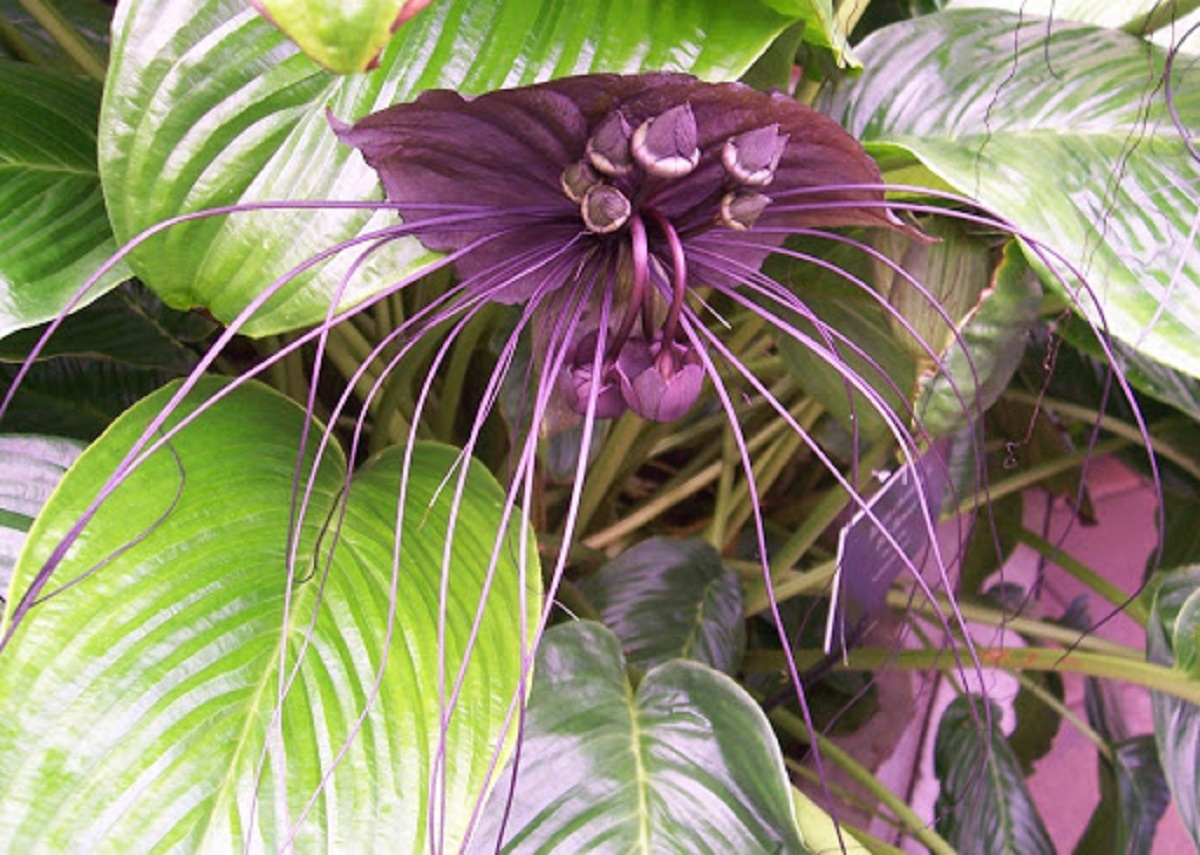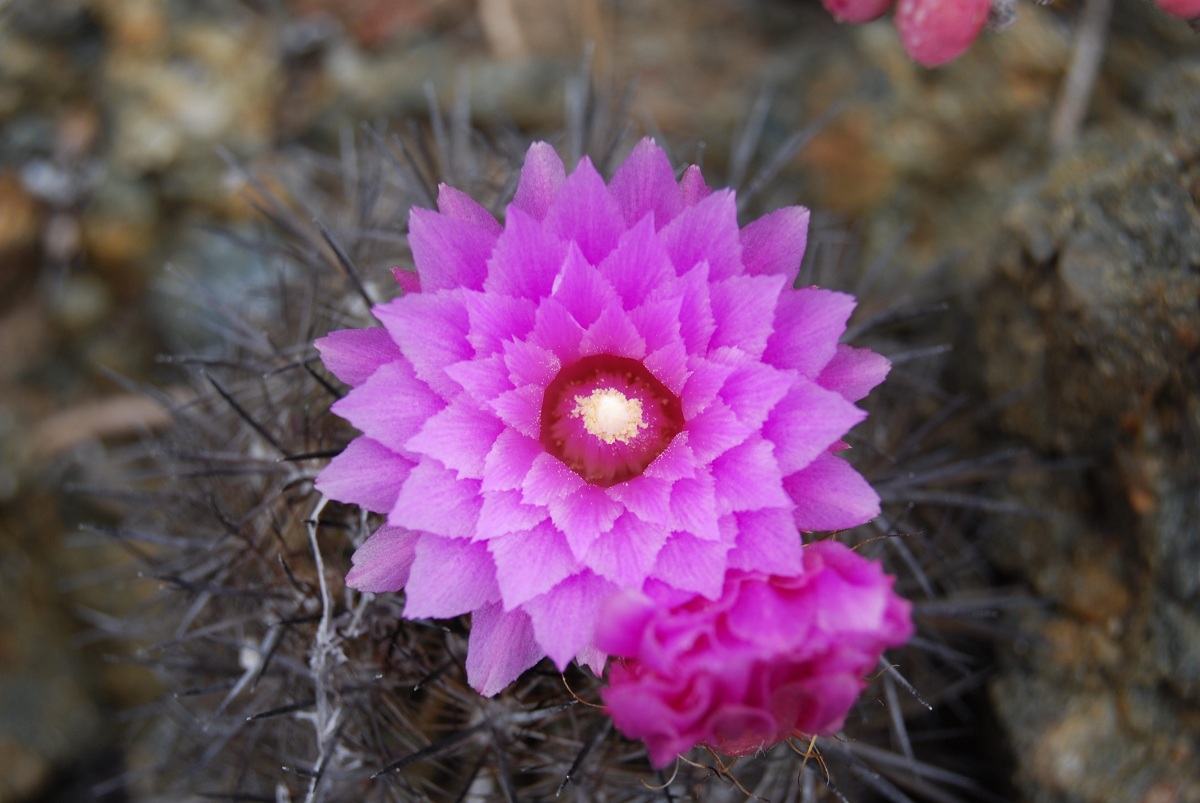
When we talk about the different environmental impacts that humans generate on our planet and we refer to the loss of biodiversity, we usually think of fauna. However, there are also extinct flora both naturally and because of humans. Extinct flora is one that has disappeared from the face of the Earth for various reasons.
In this article we are going to tell you what are the reasons why biodiversity and some of the extinct flora species may disappear.
Reasons for the decline in biodiversity

We know that the decrease in biodiversity on a planetary level is a problem that we are facing and that it will get worse every day. There are numerous variables that are what make biodiversity thrive. Variables such as the state of the habitat, the meteorological conditions, the territory, etc. One of the environmental impacts that humans generate in their activities and that most affects biodiversity it is the invasion of the natural habitat of flora and fauna.
The habitat is the area where the species develop their life. If human activity degrades or destroys such habitat, populations can be negatively affected. The disappearance of its natural habitat means that the species cannot adapt to the conditions and dies. If a large number of individuals die, reproduction is compromised and little by little it ends up being a different species. This is what has happened to a large number of extinct flora species today due to human impacts.
Types of extinct flora

It must also be taken into account that there are species of extinct flora that have been eliminated by natural causes. And it is that nature is not fixed, but is continually evolving. There are species that can adapt better to different environmental changes and others worse. Those that do not adapt well end up dying and disappearing. There are several categories of extinct flora:
- Extinct flora in the wild: this flora is one that is extinct in its natural habitat. That is, it does not mean that there is no specimen of this species on earth, but that there is no individual in nature. Most individuals are conserved by humans in artificial habitats or seed banks.
- Extinct flora in its natural habitat: there are species of flora that can be even cosmopolitan. Cosmopolitan is that its area of distribution spans almost the entire planet. Therefore, due to both natural aspects and human causes, a plant can disappear from a specific ecosystem, but not throughout the world.
- Extinct flora: this is the name given to a species of flora whose last individual has completely disappeared from the face of the Earth. In this case, there is no way to recover the species since no individual exists in both natural and artificial environments.
Extinct flora species

Among the plants that have already become extinct we find flowers, trees, shrubs and other types of vegetation that have formed our ecosystems long ago. For various reasons, they can already grow back in our soils. It should be noted that most of the species that we are going to list and describe are only extinct in some countries. Let's see what are these species of extinct flora:
- Nesiota: It is a species of flora that is commonly called the Santa Helena olive tree. It was a native bush from the homonymous island located in the Atlantic Ocean. It is part of a large number of plants that became extinct due to the destruction of their habitat. Since they could not survive in these conditions, they decreased until they ended up disappearing.
- Paschalococos spreads: its common name is Palma de Rapa Nui. It is a plant that belonged to Chile and its extinction occurred in 1650. At this time these trees were cut down to make canoes. Given the great demand for canoes, these individuals ended up disappearing.
- Sophora Toromiro: it is a shrub that belongs to the extinct flora group. Specifically, it is an arboreal species that could reach about 3 meters in height and its trunk measured approximately 50 centimeters.
- Astragalus algerianus: This species is a type of herbaceous plant native to Africa, although it is considered an extinct species of flora in Spain. It is one of the species that we could find in the sand and it is very common in Morocco and Tunisia.
- Astragalus baionensis: it is a plant specifically from Spain and France and is common in sandy areas. It is one of the most recent extinct flora species in our country. And it was classified as extinct in Spain in 2018.
- Araucaria mirabilis: it is a species found in Patagonia. It is a tree that belonged to the genus of conifers and was quite abundant on our planet. It has come into existence on our planet for approximately 160 million years.
Other species
We are going to continue with the list of extinct flora species and the reasons why it has disappeared:
- Franklinia: It is found in the Georgia area and it is one of the extinct plants in the wild. This means that it only survives in human environments in a cultivated ornamental way. You will not be able to find any specimen of this species naturally. Since 1803 it has been naturally extinct due to the continuous degradation of its natural habitat.
- Naval Norman: It is a species from our country and it was known by the name of Tomatillo de Tenerife. It is a one-meter-tall semi-shrub that disappeared due to its complicated reproductive biology. This species is a clear example of seeing some of the extinct flora species disappear because they are not able to adapt to the ecosystem.
- Laelia gouldiana: It is characterized by being a quite showy flower similar to orchids. It is one of the extinct plants in Mexico and was well known for having purple petals and leaves with an intense green color. It was a plant native to the state of Hidalgo.
I hope that with this information you can learn more about some of the best known extinct flora species and the reason why they disappeared.